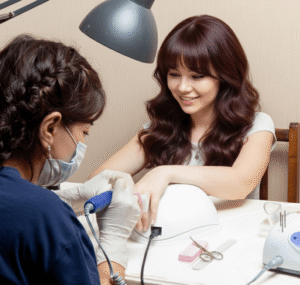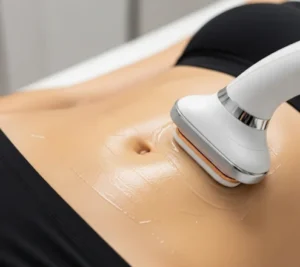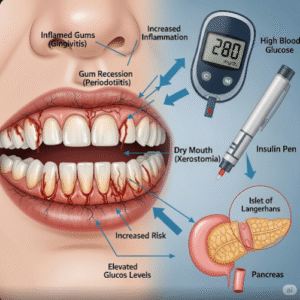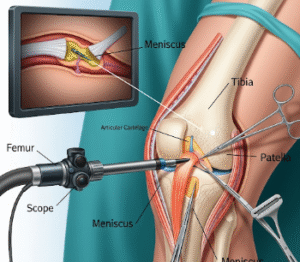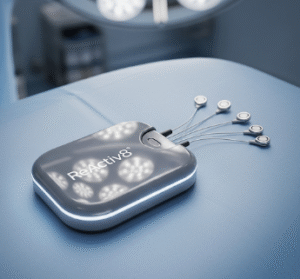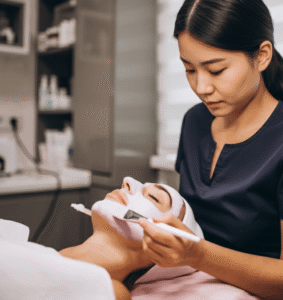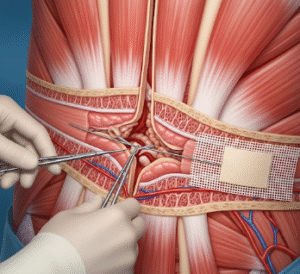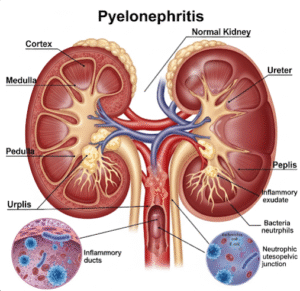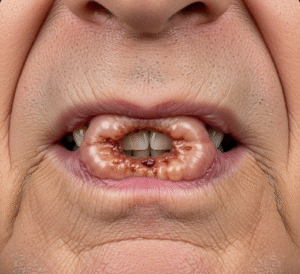Overview
Open temporomandibular joint (TMJ) surgery is a surgical procedure performed to treat severe disorders of the jaw joint, including chronic pain, restricted movement, arthritis, trauma, or structural deformities. This approach is typically used when non-surgical treatments or minimally invasive techniques fail.
South Korea is renowned for advanced maxillofacial and TMJ surgery, offering precision surgical care, post-operative rehabilitation, and high success rates.
What is Open TMJ Surgery?
Open TMJ surgery involves making an incision near the jaw joint to access the temporomandibular joint directly. Surgical interventions can include:
✔ Arthroplasty: Repair or reshaping of the joint.
➔ Disc repositioning or removal: Corrects displaced or damaged articular disc.
● Joint reconstruction: Uses autografts, allografts, or prosthetic implants for severe damage.
★ Synovectomy: Removal of inflamed joint tissue.
Open TMJ surgery allows direct visualization of joint structures, which is essential in complex or chronic cases.
What are the Benefits?
Open TMJ surgery provides several advantages:
✔ Relieves chronic jaw pain caused by joint disorders.
➔ Restores proper jaw movement and function.
● Corrects structural deformities such as asymmetry or joint degeneration.
★ Prevents further joint deterioration in progressive conditions.
➤ Long-term solution when conservative or minimally invasive treatments fail.
Procedure Details
1) How should I prepare for Open TMJ Surgery?
Preparation ensures optimal surgical outcomes:
✔ Medical evaluation: Imaging studies (CT, MRI), blood tests, and dental examination.
➔ Medication review: Blood thinners may need to be paused.
● Fasting: Usually 6–8 hours prior to general anesthesia.
★ Patient counseling: Discuss procedure type, expected outcomes, risks, recovery, and rehabilitation plan.
➤ Lifestyle adjustments: Smoking cessation and maintenance of overall health to promote healing.
2) What happens during the procedure Open TMJ Surgery?
The surgery is performed under general anesthesia and usually takes 2–4 hours depending on complexity:
✔ Incision: Small cut made near the ear or along the jawline.
➔ Joint exposure: Soft tissue carefully dissected to access the TMJ.
● Surgical intervention: Repair, reposition, or reconstruct the joint using autografts, allografts, or prosthetic implants.
★ Disc or tissue management: Removal of damaged tissue or realignment of displaced disc.
➤ Closure: Incision sutured; protective dressing applied; sometimes drainage tubes are placed.
South Korean surgeons often employ microsurgical techniques and 3D imaging guidance to enhance precision.
3) What happens after Open TMJ Surgery?
Post-operative care focuses on pain management, joint mobility, and healing:
✔ Hospital stay: Usually 1–3 days depending on procedure complexity.
➔ Pain management: Medications for discomfort and swelling control.
● Diet: Soft diet initially to reduce joint stress.
★ Jaw exercises and physiotherapy: Begin under supervision to restore function.
➤ Follow-up: Regular visits to monitor healing, joint mobility, and overall recovery.
Risks / Benefits
Possible Risks:
✔ Infection at incision site
➔ Bleeding or hematoma
● Nerve injury causing temporary numbness or weakness
★ Limited jaw movement or stiffness
➤ Rare complications: facial asymmetry or prosthetic issues
Major Benefits:
✔ Relieves chronic TMJ pain and dysfunction
➔ Restores proper jaw alignment and mobility
● Corrects structural deformities
★ Direct visualization ensures precise repair of complex joint issues
➤ Advanced Korean surgical techniques reduce complications and improve outcomes
Recovery and Outlook
✔ Initial recovery: 1–2 weeks for incision healing; swelling may persist for several weeks.
➔ Jaw mobility: Gradual return to normal function through guided physiotherapy.
● Diet: Soft diet for several weeks, progressing to normal diet as tolerated.
★ Long-term outcome: Improved joint function, pain relief, and facial symmetry.
➤ Follow-up: Ongoing physiotherapy and monitoring to ensure optimal results.
When To Call the Doctor
Contact your doctor if you experience:
✔ Severe or increasing pain
➔ Fever or signs of infection
● Numbness, tingling, or weakness in face or jaw
★ Limited jaw opening or sudden change in bite alignment
➤ Persistent swelling or bleeding at incision site
Best Korea Option / Process
South Korea provides world-class open TMJ surgery with:
✔ Leading hospitals: Seoul National University Dental Hospital, Samsung Medical Center, Asan Medical Center.
➔ Advanced surgical techniques: Microsurgery, 3D-guided reconstruction, and prosthetic joint placement.
● Specialized surgical teams: Maxillofacial surgeons and rehabilitation specialists.
★ Comprehensive post-op care: Pain management, physiotherapy, and ongoing functional assessment.
➤ Medical tourism support: Translation services, travel coordination, and follow-up care for international patients.
✅ Highlights:
✔ Open TMJ surgery treats chronic jaw disorders and structural deformities
➔ Direct repair, reconstruction, or disc management of the TMJ
● Restores function, reduces pain, and prevents further joint damage
★ Risks include infection, nerve injury, limited movement, or prosthetic complications
➤ Korean hospitals provide advanced surgical expertise, rehabilitation, and post-op care


